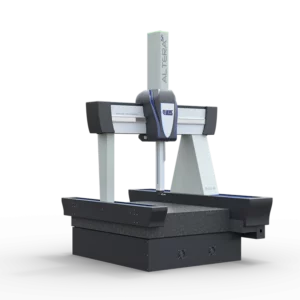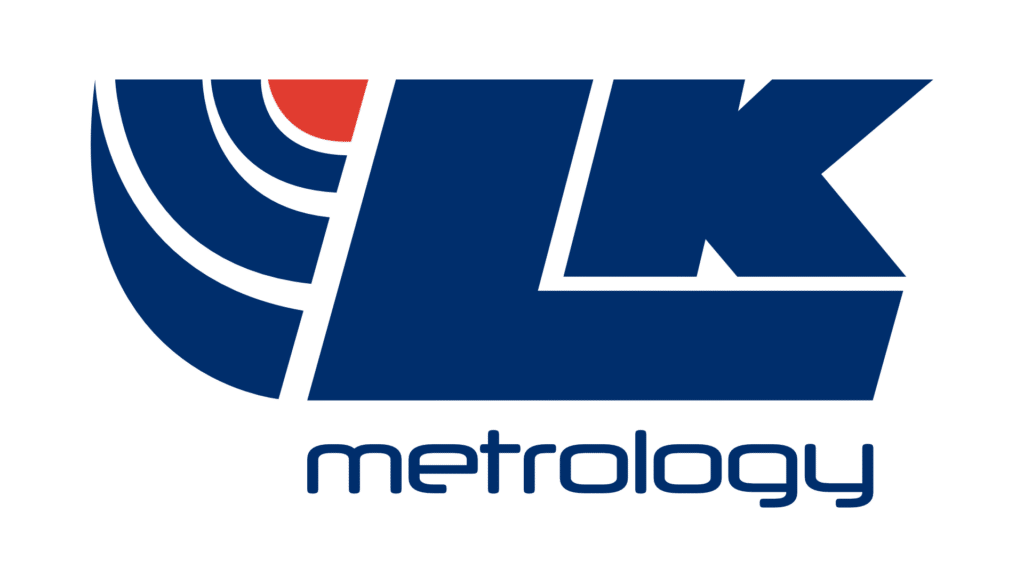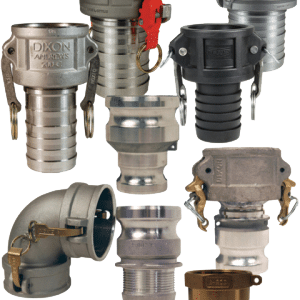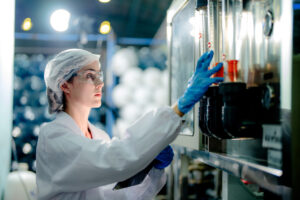Monitoring Insulating Gases To Protect Switchgear
 Insulating gases (primarily SF6 but also SF6 blends, N2, g3, and a variety of others) are used in industrial settings to protect switchgear from failure. While both medium and high-voltage switchgears can be insulated using a variety of media (including oil, air, and other gases), the typical and most effective insulator is sulfur hexaflouride (SF6). While it is among the most effective insulators, using it also comes with risk.
Insulating gases (primarily SF6 but also SF6 blends, N2, g3, and a variety of others) are used in industrial settings to protect switchgear from failure. While both medium and high-voltage switchgears can be insulated using a variety of media (including oil, air, and other gases), the typical and most effective insulator is sulfur hexaflouride (SF6). While it is among the most effective insulators, using it also comes with risk.
Power transmission and distribution operations who utilize SF6 must continuously monitor gas density in order to detect leaks. In addition, they must also periodically analyze the gas itself to determine if any contaminants are present.
Though many operations still utilize SF6 for day-to-day operations, many others have opted to move away from the gas. For example, SF6 has a global warming potential (GWP) of ~24,000 (for reference, carbon dioxide has a GWP of 1). Meaning SF6 can pose a significant issue for operations keeping a close eye on emissions or operating in strictly-regulated environments.
Common Causes of Failure for Gas-Insulated Switchgears
While it is possible to insulate switchgear with air and there are cases for its use industrially (it is abundant, not toxic, and has a GWP of 0), it simply is not as effective at quenching arcs as SF6. Thus, the compartment for Air-insulated switchgear (AIS) may need to be up to 3x larger than gas-insulated switchgear (GIS).
However, both of these (AIS and GIS) are susceptible to failure. For AIS, you have the presence of dirt and dust as well as having to take into account contact resistance and overload potential. For GIS, you have the potential for gas leaks, gas contamination (humidity is a potent impurity for SF6), and even decomposition products that can corrode a GIS.
Switchgear has a lifespan of between 20 and 50 years, but gas-related failures rise quickly around the 15-25 year mark. That’s why it’s critical to monitor during the second half of its lifecycle.
How To Maintain GIS
When it comes to maintenance needs for GIS systems, one may either take a proactive approach or a reactive approach.
For a proactive approach, one may utilize analog or digital instruments for early warning systems with remote capabilities. Both analog and digital have continuous monitoring abilities, though digital is slightly more accurate (1.5-2.3% compared to 0.6-0.8%). Both sensors also allow for gas condition forecasting and predictive maintenance.
For a reactive approach, some form of sensing instrumentation is used (eg, a switch contact) which sets off an alarm when gas density drops to certain levels. Then, any necessary corrective actions are taken. These devices typically have an accuracy of 1-2.5% of span.
Implementing Gas Condition Forecasting
One-time measurements of gas density can paint a misleading picture. In turn, this can lead to unnecessary or insufficient maintenance. This poses a problem for operations who rely on consistent and precise readings.
However, with continuous monitoring, operators are able to get a more complete picture of the current condition of gases while leveraging historical data to make smart predictions about maintenance schedules. Further, if smart sensors are utilized, the instrument will be able to automatically compensate for ambient conditions when arriving at an accurate gas density.
Smart Sensors for Remote Insulating Gas Monitoring
Knowledge is power. This is particularly true in industrial or commercial environments relying on accurate insulating gas readings. The more information operators have about the insulating media, the better than can prevent equipment failures and safety incidents. WIKA is able to offer sensors based on temperature and pressure that are able to be adapted to calculate the density of a variety of gases at any given moment.
Types of gases that can be monitored by smart sensors capable of forecasting include
- SF6
- N2
- SF6/N2 mixture
- CO2
- O2
- CF4 (tetrafluoromethane)
- Helium
- Argon
- Air
- g3, a syngas with 3M’s Novec 4710
So no matter the equipment or insulating media, these gas density sensors can be individually configured for your particular application. This offering includes the GD-20, a transmitter for reliable monitoring of SF6 and other insulating gases. Another option is the GDHT-20, another transmitter capable of everything the GD-20 can do plus being able to monitor the humidity content of the insulating gas.
While SF6 will remain the dominant insulating gas for the near future, its days may be numbered. In 2022, the European Commission discusses banning fluorinated greenhouse gases from new medium-voltage switchgear by 2026 and from high-voltage switchgear by 2031. Further, many states in the US are implementing initiatives to phase out SF6-containing GIS.
If either effective gas-monitoring equipment or future-proofing your operations are appealing to you, Cross can help. Our experts can work directly with you to devise a comprehensive plan for either monitoring your current gas applications or to phase out certain other applications to future-proof your operation. Contact us today to learn more.









